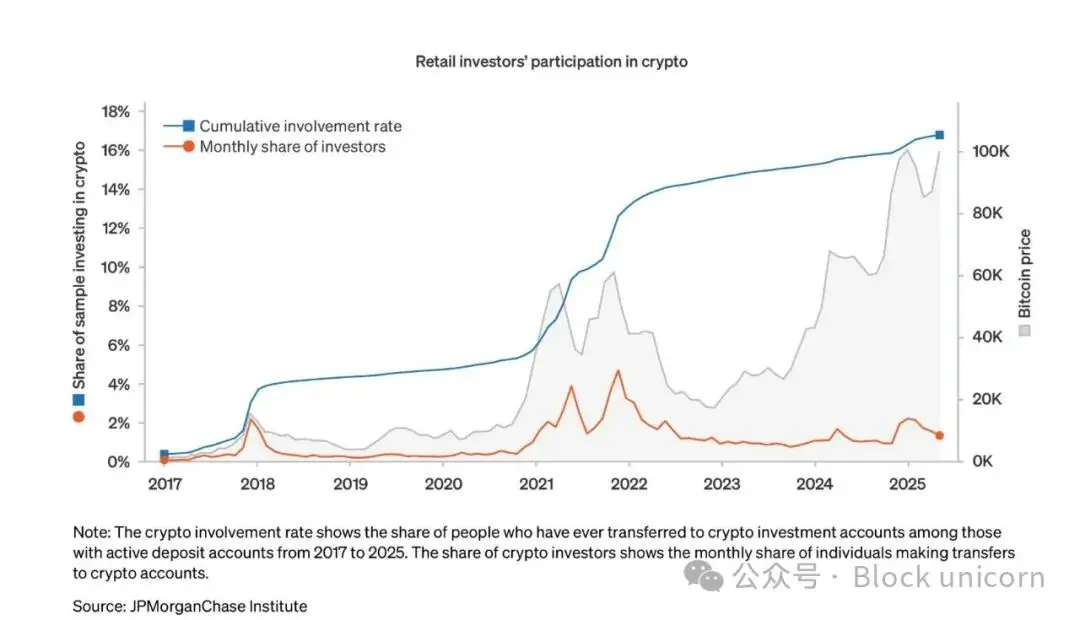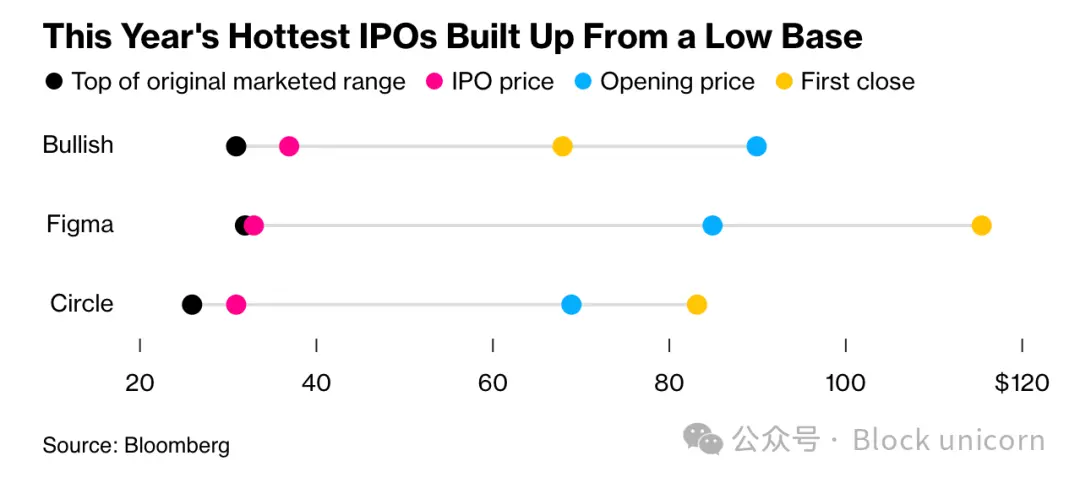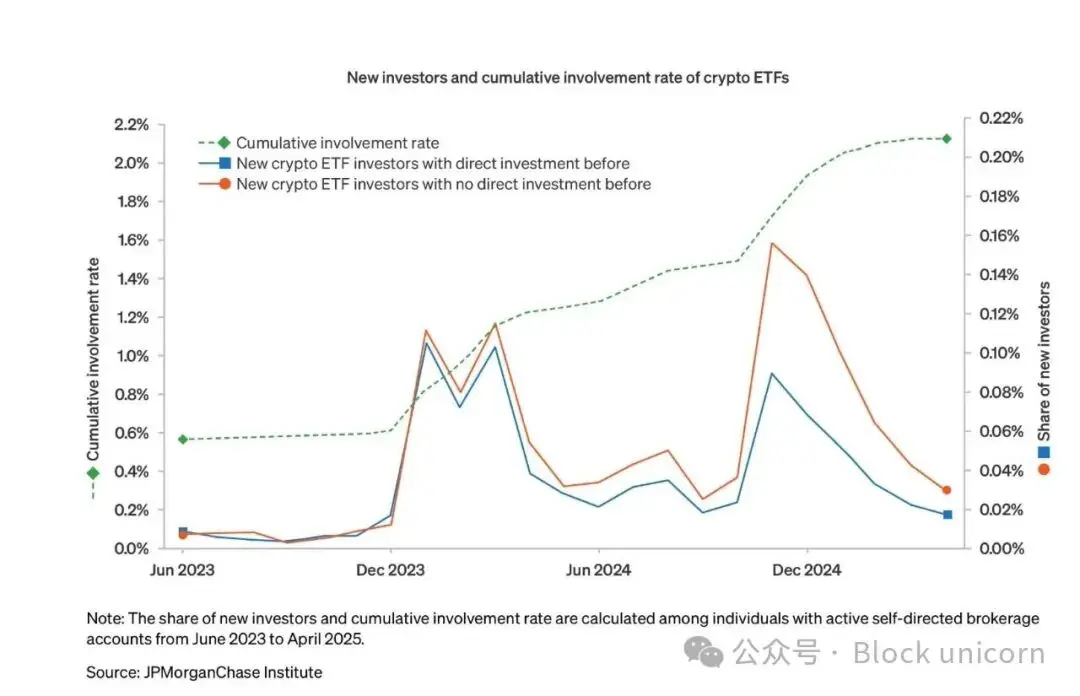Article Author: Thejaswini M A
Article Compiler: Block unicorn
In 1979, Republic National Bank offered its customers a choice. Deposit $1,475 for a term of 3.5 years and receive a 17-inch color television; or deposit the same amount for 5.5 years and get a 25-inch television. Want a better deal? Just deposit $950 for 5.5 years and receive a sound system with built-in disco lights.
During the Great Depression, banking regulations prohibited banks from paying competitive interest rates, and banks competed for deposits in this manner. The Q Regulation in the Banking Act of 1933 prohibited banks from paying interest on demand deposits and set a cap on interest rates for savings accounts. Although money market funds offered higher yields, banks could only give away toasters and televisions instead of actual returns.
The banking industry referred to money market fund investors as "smart money," while calling their own depositors "dumb money," believing they did not understand that higher returns could be found elsewhere.
Wall Street eagerly adopted this language to describe those investors who seemed to buy high and sell low, chase trends, and make emotional decisions.
Fifty years later, these "dumb money" investors are laughing last.
The concept of "dumb money" is deeply rooted in Wall Street psychology. Professional investors, hedge fund managers, and institutional traders build their identities on "smart money"—they are the savvy players who can see through market noise and make rational decisions, while retail investors make mistakes in panic.
When retail investors do exhibit such behavior, the narrative works well. During the dot-com bubble, day traders mortgaged their homes to buy tech stocks at the peak. During the 2008 financial crisis, individual investors fled the market at the bottom, missing the entire recovery.
The pattern is: professionals buy low and sell high, while retail investors do the opposite. Academic research has confirmed this bias. Professional fund managers use these patterns as evidence of their superior skills and the reasonableness of their fees.
What has changed? The channels of information access, education, and tools.
A New Retail Reality
Today's data tells a very different story. In April 2025, U.S. President Trump announced tariffs, triggering a $6 trillion market sell-off in two days, with professional investors selling stocks while retail traders saw a buying opportunity.
During the market turmoil, individual investors rushed to buy stocks at a record pace, netting $50 billion into the U.S. stock market since April 8, achieving about a 15% return. During this period, retail clients of Bank of America bought stocks for 22 consecutive weeks, the longest streak for the company since 2008.
Meanwhile, hedge funds and systematic trading strategies had their stock exposure lagging by 12 percentage points, missing the entire rebound.
The same pattern emerged during the market volatility of 2024. Data from JPMorgan showed that retail investors drove major gains at the end of April, with individual investors accounting for 36% of market share on April 28-29—an all-time high.
Steve Quirk of Robinhood captured this shift: "Every IPO we participate in is oversubscribed. Demand always exceeds supply. Issuers love this and want their fans who support their companies to get allocations."
In the cryptocurrency space, retail behavior has evolved from the typical "buy high, sell low" model to sophisticated market timing. According to JPMorgan data, from 2017 to May 2025, 17% of active checking account holders transferred funds to cryptocurrency accounts, with participation surging at strategic moments rather than emotional peaks. Data shows that retail investors increasingly exhibited "buying the dip" behavior, with significant participation during Bitcoin's all-time highs in March and November 2024—but notably, when Bitcoin reached a higher peak in May 2025, retail participation remained restrained rather than frenzied. This indicates learning and restraint, rather than the "fear of missing out" (FOMO) driven behavior traditionally associated with retail cryptocurrency investors. The median investment in cryptocurrency remains low, at less than a week's income, indicating that investors are exercising prudent risk management rather than excessive speculation.

Industries like gambling, sports betting, and meme coins demonstrate that there is still a "steady supply of dumb money." But data suggests otherwise.
Casinos and sports betting platforms indeed generate billions in trading volume, with the online gambling market valued at $78.66 billion in 2024, expected to reach $153.57 billion by 2030.
In the realm of crypto meme coins, speculative frenzies regularly erupt, leading latecomers to hold worthless tokens.
Even in these so-called "dumb money" areas, behavior is becoming increasingly savvy. Pump.fun, despite generating $750 million through meme coins, saw its market share plummet from 88% to 12% when competitors offered better communication and transparency. Retail users did not blindly continue to support the original platform—they shifted to platforms that provided better value propositions.
The meme coin phenomenon does not prove the foolishness of retail investors; rather, it shows their rejection of token offerings backed by venture capital (VC), as these offerings deprive fair access. As one cryptocurrency analyst pointed out: "Meme coins give token holders a sense of belonging and foster connections based on shared values and culture"—they are social and financial statements, not just speculation.
The IPO Revolution
The growing influence of retail investors is most evident in the IPO market. Companies are abandoning the model that traditionally served only institutional investors and high-net-worth individuals.
Bullish represents a watershed moment in how companies handle IPO allocations. Founded by Block.one and supported by large investors including Peter Thiel's Founders Fund, it functions as both a cryptocurrency exchange and an institutional trading platform. This crypto company opened subscriptions directly to retail investors when it went public at an $11 billion valuation through platforms like Robinhood and SoFi. Retail demand was extremely strong, with Bullish pricing at $37 per share, nearly 20% above its initial price range. The stock soared 143% on its first day of trading.
Bullish sold one-fifth of its shares to individual investors—worth about $220 million, roughly four times what industry veterans consider normal. Just Moomoo's clients placed orders exceeding $225 million.
This is not an isolated event. The Winklevoss brothers' Gemini Space Station explicitly allocated 10% of shares to retail investors. Figure Technology Solutions and Via Transportation also conducted IPOs through retail platforms.

This shift reflects a fundamental change in how companies view retail investors. As Becky Steinthal of Jefferies explained:
"Issuers can choose to allow retail investors to take a larger share in the IPO process than ever before. It's all driven by technology."
Data from Robinhood shows that in 2024, IPO demand on its platform was five times that of 2023. The platform now has a policy prohibiting the sale of stocks within 30 days post-IPO, creating more stable buy-and-hold behavior that benefits both companies and long-term shareholders.
This shift is evident not only in individual investment decisions but also in structural market changes. Retail investors currently account for about 19.5% of U.S. stock trading volume, up from 17% a year ago and significantly higher than the pre-pandemic level of about 10%.
More importantly, retail behavior has undergone a fundamental change. In 2024, only 5% of Vanguard 401k plan investors adjusted their portfolios. The size of target date funds has now exceeded $4 trillion.
This indicates that investors have more trust in systematic, professionally managed investment solutions rather than frequent trading. This shift achieves a more ideal retirement by avoiding costly, emotion-driven trading mistakes.
Data from eToro shows that in 2024, 74% of its users were profitable, with the profit rate for premium members rising to 80%. This performance contradicts the fundamental assumption that retail investors always lose to professional managers.
Demographics support this shift. Younger investors are entering the market earlier—Generation Z starts investing at an average age of 19, Generation X at 32, and baby boomers at 35. They have access to educational resources that previous generations did not: podcasts, newsletters, social media influencers, and zero-commission trading platforms.

The proliferation of cryptocurrency best reflects the trend of retail investors becoming increasingly sophisticated. While institutional interest in Bitcoin ETFs and corporate bonds is low, actual cryptocurrency usage is primarily driven by retail investors.
According to Chainalysis data, India leads the world in cryptocurrency adoption rates, followed by the U.S. and Pakistan. These rankings reflect grassroots usage in centralized and decentralized services, rather than institutional accumulation.
The stablecoin market is primarily driven by retail payments and remittances, with USDT processing over $1 trillion in transactions monthly in 2024. USDC's monthly transaction volume ranges from $1.24 trillion to $3.29 trillion. These are not flows of funds managed by institutional capital—they represent millions of individual transactions for payments, savings, and cross-border transfers.
When we categorize cryptocurrency adoption by World Bank income levels, adoption rates peak simultaneously among high-income, upper-middle-income, and lower-middle-income groups. This indicates that the current wave of adoption is broad, rather than concentrated among wealthy early adopters.
Bitcoin remains the primary entry point for fiat currency, with exchange purchases exceeding $4.6 trillion between July 2024 and June 2025. However, retail investors are becoming increasingly savvy in diversifying their investments, with significant inflows into layer-one tokens, stablecoins, and altcoins.
Examining the recent behavior of institutional investors reveals the irony of the "smart money" versus "dumb money" struggle. Professional investors consistently misjudge major market trends, while retail investors exhibit discipline and patience.
During the institutional adoption phase of cryptocurrency, hedge funds and family offices made headlines for increasing Bitcoin investments near cycle peaks. Meanwhile, retail investors accumulated during the bear market and held through volatility.
The rise of crypto ETFs perfectly illustrates this point. More than half of crypto ETF investors had not previously held cryptocurrencies directly, indicating that traditional channels are expanding rather than cannibalizing the investor base. Among ETF holders, the median allocation remains around 3-5% of their portfolios—indicating prudent risk management rather than excessive speculation.

The recent behavior of professional investors reflects the typical retail mistakes they have long criticized. When markets are volatile, institutional investors often flee to preserve quarterly performance metrics, while retail investors buy the dip to build long-term accounts.
Technology as the Great Equalizer
The shift in retail investor behavior is not coincidental. Technology has democratized access to information, tools, and markets that were once the exclusive domain of professionals.
Robinhood's innovations are not limited to zero-commission trading. They have launched tokenized U.S. stocks and ETFs for European users, enabled staking for Ethereum and Solana in the U.S., and are building a copy trading platform that allows retail users to follow verified top traders.
Coinbase has expanded consumer crypto products with improved mobile wallets, prediction markets, and simplified staking. Stripe, Mastercard, and Visa have all introduced stablecoin payment features, making cryptocurrencies spendable at thousands of retailers.
Wall Street's recognition of retail influence has created a feedback loop that further empowers individual investors. When companies like Bullish succeed with retail-focused IPO strategies, others follow suit.
Research from Jefferies points out that stocks with high retail trading volumes and low institutional interest may present potential opportunities, including Reddit, SoFi Technologies, Tesla, and Palantir. Studies show that "when retail accounts for a larger share of trading, traditional metrics of quality become irrelevant"—but this may reflect different evaluation standards among retail investors rather than a lack of decision-making ability.
The evolution of accessibility in the crypto industry for retail investors showcases this dynamic. Today, competition among major platforms is no longer limited to institutional relationships but focuses on user experience. Features like convenient perpetual trading, tokenized stocks, and integrated payments target mass retail participation.
The persistence of the "dumb money" narrative is partly due to its service to the economic interests of professional investors. Fund managers justify their fees by claiming superior skills. Investment banks maintain pricing power by restricting access to high-profit trades.
Data indicates that these advantages are eroding. Retail investors are increasingly exhibiting the discipline, patience, and market timing acumen that professionals claim to possess exclusively. Meanwhile, institutional investors often display the emotional, trend-following behaviors that they have long attributed to retail investors.
This does not mean that every retail investor is making optimal decisions. Speculation, leverage abuse, and trend chasing remain common. The difference is that these behaviors are no longer unique to "retail"—they exist across all types of investors.
This shift has structural implications. As retail investors gain greater influence in IPOs, they may demand better terms, more transparency, and fairer access. Companies that embrace this shift will benefit from lower customer acquisition costs and a more loyal shareholder base.
In the crypto space, the dominance of retail investors means that products and protocols must prioritize usability over institutional functionality. Successful platforms will be those that make complex financial services accessible to ordinary users.
An unsettling truth behind the recent success of retail investors is worth acknowledging: nearly all assets have been rising over the past five years. The S&P 500 rose by 18.40% in 2020, 28.71% in 2021, 26.29% in 2023, and 25.02% in 2024, with only a significant drop in 2022, which saw a decline of -18.11%. Even in 2025, the market has risen by 11.74% year-to-date.
Bitcoin surged from about $5,000 at the beginning of 2020 to nearly $70,000 at its peak in 2021, showing an overall upward trend despite ongoing volatility. Even traditional assets like government bonds and real estate saw significant increases during this period. In an environment where the "buy the dip" strategy has consistently worked and nearly any asset held for over a year has yielded positive returns, it is difficult to distinguish between skill and luck.
This raises an important question: can retail investors' seemingly sophisticated skills survive a true bear market? The longest significant downturn most Generation Z and millennial investors have experienced lasted only 33 days during the COVID-19 shock. The inflation panic of 2022, while painful, was followed by a rapid recovery. Warren Buffett's famous saying, "Only when the tide goes out do you discover who's been swimming naked," applies here as well. Retail investors may indeed be smarter, more disciplined, and more informed than previous generations. Or perhaps they are merely beneficiaries of an unprecedented bull market across nearly all asset classes. The true test will come when the era of loose monetary policy ends and investors face sustained portfolio losses. Only then will we know if the shift of "dumb money" is permanent or merely a product of favorable market conditions.
免责声明:本文章仅代表作者个人观点,不代表本平台的立场和观点。本文章仅供信息分享,不构成对任何人的任何投资建议。用户与作者之间的任何争议,与本平台无关。如网页中刊载的文章或图片涉及侵权,请提供相关的权利证明和身份证明发送邮件到support@aicoin.com,本平台相关工作人员将会进行核查。




